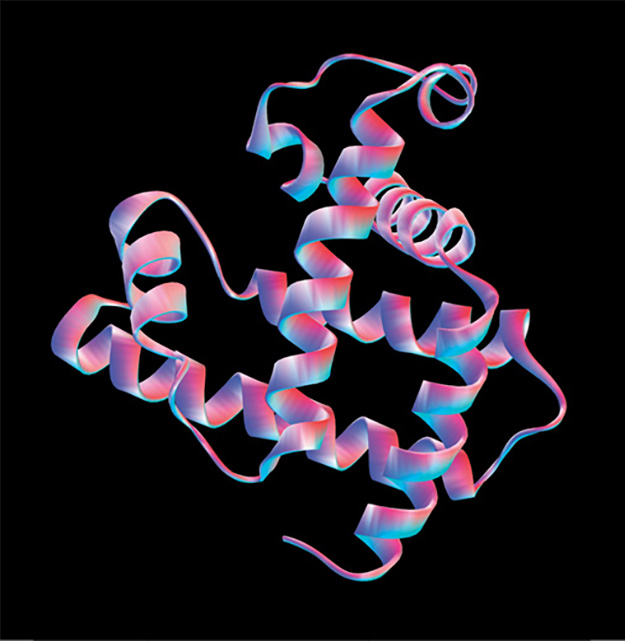Winter 2016: Energy Evolution
From carbon dioxide conversion to landfill mining, researchers at UTA are seeking viable alternative energy options.
Skip to content. Skip to main navigation.
From carbon dioxide conversion to landfill mining, researchers at UTA are seeking viable alternative energy options.
Found in everything from space shuttles to dental fillings, composite materials have thoroughly infiltrated modern society. But their potential is still greatly untapped, offering researchers ample opportunity for discovery.
Within the particle showers created at the Large Hadron Collider, answers to some of the universe’s mysteries are waiting.
Model systems like pigeons can help illuminate our own evolutionary and genomic history.
UT Arlington's tiny windmills are bringing renewable energy to a whole new scale.
The stability of our highways, pipelines, and even manholes is reaching a breaking point.
Scientists believe they have discovered a subatomic particle that is crucial to understanding the universe.
UT Arlington researchers unlock clues to the human body’s most mysterious and complex organ.
UT Arlington researchers probe the hidden world of microbes in search of renewable energy sources.
Wounded soldiers are benefiting from Robert Gatchel’s program that combines physical rehabilitation with treatment for post-traumatic stress disorder.
Tiny sensors implanted in the body show promise in combating acid reflux disease, pain and other health problems.
Nanotechnology researchers pursue hybrid silicon chips with life-saving potential.
Biomedical engineers combat diseases with procedures that are painless to patients.

A computer model of myoglobin, a protein chain of 153 amino acids folded into a molecule
Though we've yet to find it, the search for other life in the universe continues ever on, thanks to researchers like Professor Purnendu "Sandy" Dasgupta. The Hamish Small Chair in Ion Analysis of Chemistry and Biochemistry was awarded nearly $1 million from NASA to further the hunt for amino acids, considered the building blocks of life.
Dr. Dasgupta will use the funds to extend his open-tubular capillary chromatography platform, which he developed to detect and isolate ions. His research is concerned with finding evidence of extraterrestrial existence and exploring the structural makeup of amino acids.
Amino acid molecules are chiral, meaning they have a rotational orientation (called a chiral form) that can be either right- or left-handed. But while amino acids synthesized in a flask will be composed of equal amounts of both orientations, those coming from a living system—like humans—will instead wholly or dominantly contain only one orientation.
"Life is centered on one type of chirality. It's like a mold—that handedness is preserved," Dasgupta explains. "If the amino acids are dominantly of one chiral form, that would fairly unambiguously prove that it is associated with some life process. In that case, it would definitely be of biological origin."
Image by Pasieka/Science Photo Library/Corbis